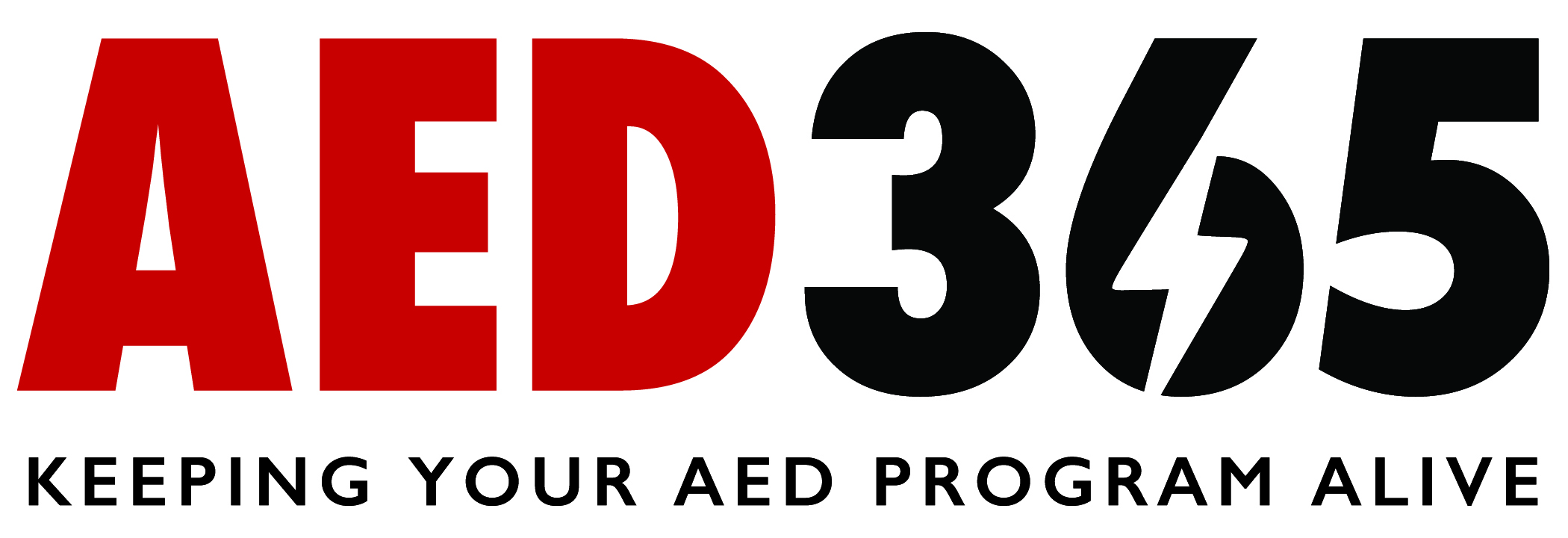Spring break is synonymous with fun, sun, and relaxation. Many people take this time to travel, party, or enjoy outdoor adventures. Whether you’re headed to the beach, a mountain resort, or exploring new cities, it’s easy to get caught up in the excitement. However, amid all the festivities, it’s essential to stay mindful of your health and safety, especially when it comes to sudden medical emergencies like Sudden Cardiac Arrest (SCA).
While SCA is often linked to physical exertion, it can strike unexpectedly, and when it does, prompt action is crucial. Here’s what you need to know about Sudden Cardiac Arrest and how you can be prepared to handle it during your spring break.
What is Sudden Cardiac Arrest (SCA)?
Sudden Cardiac Arrest occurs when the heart unexpectedly stops beating due to an electrical malfunction. SCA is caused by an electrical disturbance that disrupts the heart’s normal rhythm. Without immediate intervention, SCA can be fatal, making rapid response incredibly important.
Some of the common causes of SCA include:
- Heart disease or arrhythmias: Individuals with underlying heart conditions are more prone to sudden cardiac arrest.
- Trauma: Severe trauma, such as a blow to the chest, can disrupt heart rhythm.
- Excessive physical exertion: High-intensity exercise or physical strain can sometimes trigger SCA, especially in individuals who might not be in top physical shape.
How to Stay Safe During Spring Break
Spring break often includes various activities, from hiking and swimming to partying and dancing. While it’s important to have fun, it’s equally important to keep your health in check. Here are some tips for preventing SCA and staying safe while enjoying your break:
1. Know Your Limits with Physical Activities
While many people look forward to engaging in outdoor sports and adventure activities during spring break, overexertion can put unnecessary stress on your heart. Make sure to listen to your body and avoid pushing yourself too hard, especially in the heat. If you’re trying a new activity, take it slow and stay hydrated.
- Before you go: Check with your doctor, especially if you have a history of heart problems or any other medical condition that could increase your risk.
- Warm-up and stretch: Prepare your body for physical activity by warming up and stretching, which can reduce strain on your heart and muscles.
2. Stay Hydrated and Avoid Excessive Alcohol
Dehydration and alcohol consumption can contribute to heart strain. Alcohol can raise your heart rate and blood pressure, especially when mixed with physical activity. Drinking plenty of water will keep you hydrated, help regulate your body temperature, and keep your heart healthy.
- Moderate alcohol consumption: Excessive drinking can lead to arrhythmias (irregular heartbeats) and increase the risk of SCA.
- Keep an eye on the weather: Heat can increase the risk of dehydration, so be mindful of how much you’re sweating, especially when engaging in outdoor activities.
3. Be Aware of the Signs of SCA
Sudden Cardiac Arrest doesn’t always have warning signs, but there are a few symptoms that may precede the event, such as:
- Chest pain or discomfort
- Shortness of breath
- Dizziness or lightheadedness
- Fatigue or weakness
- Fainting or near-fainting
If you experience any of these symptoms, seek medical attention immediately. It’s better to be cautious, especially when engaging in high-energy activities during spring break.
4. Know CPR and How to Use an AED
In the event that someone does experience SCA, immediate action is essential. Cardiopulmonary resuscitation (CPR) and the use of an Automated External Defibrillator (AED) can save lives. It’s crucial to be prepared for emergencies, especially if you are going to be in a large group or public setting.
- Learn CPR: CPR can help keep oxygen flowing to the brain and heart until medical professionals arrive.
- Locate AEDs: Many public places, including hotels, resorts, beaches, and sports venues, are equipped with AEDs. Familiarize yourself with their locations so you can act quickly in case of an emergency.
If you see someone collapse and suspect they’re experiencing SCA, it’s important to act quickly:
- Call emergency services immediately (e.g., 911).
- Start CPR: Push hard and fast in the center of the chest at a rate of about 100-120 compressions per minute.
- Use an AED: If there’s an AED nearby, turn it on and follow the prompts.
- Stay calm: Time is critical, so focus on the necessary steps and follow emergency instructions until help arrives.
Sudden Cardiac Arrest is a serious health concern, but with the right knowledge and precautions, you can minimize risks and enjoy a safe and fun spring break. By understanding the risks, listening to your body, and being prepared to take action in an emergency, you can ensure your spring break is not only memorable but also safe.
Whether you’re relaxing on the beach or hitting the slopes, prioritize your health, stay aware, and share this information with your friends. Remember, your health is the best souvenir you can bring back from spring break!










